How do I convert my XSPF files to subtitles with automated transcription? 
Sonix uses the best speech-to-text algorithms to convert your audio files (*.xspf) to subtitles. Just follow these six easy steps:
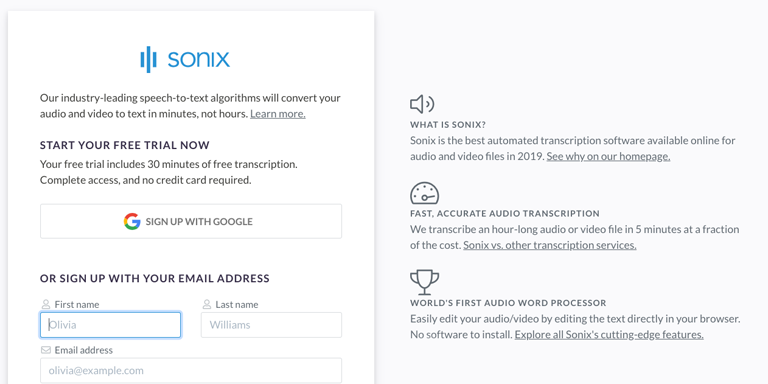
Step 1
Sign up for a free Sonix trial account—includes 30 minutes of free XSPF to subtitles conversion.
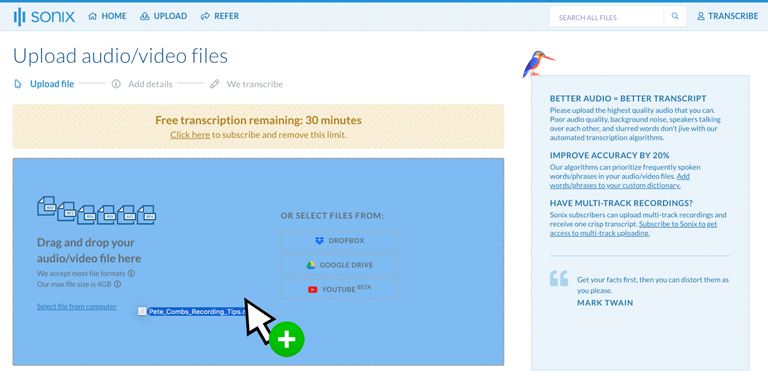
Step 2
Upload the XSPF Playlist File file(s) (*.XSPF) from your computer, Dropbox, Google Drive, or by dragging it on the page.
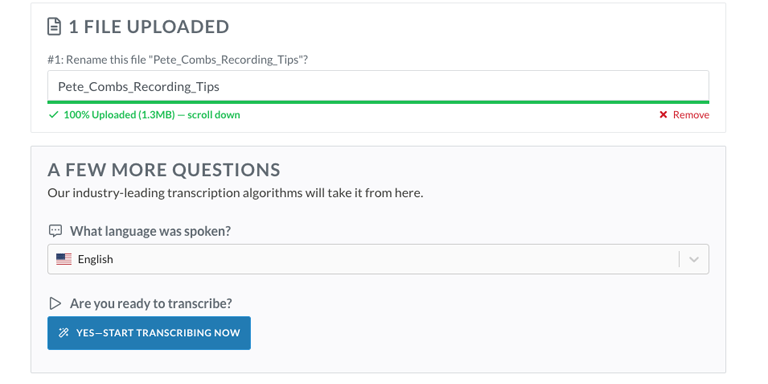
Step 3
Choose the language spoken in the uploaded XSPF file. We support over 53 different languages including English, Spanish, German, and French. Then click the 'Start Transcribing Now' button.
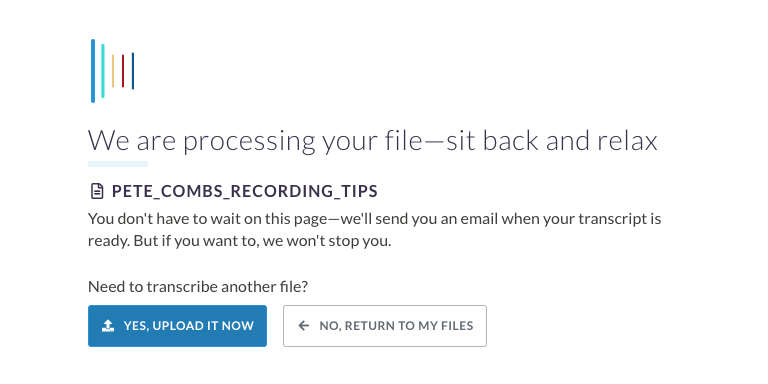
Step 4
Sonix will then automatically transcribe the audio from your XSPF file and convert it to a simple text format. Grab some tea, it will take only a few minutes.

Step 5
Use the Sonix AudioText Editor to polish your transcript before we convert it to a subtitle. It's like a word processor: simply type in your browser to correct any words.
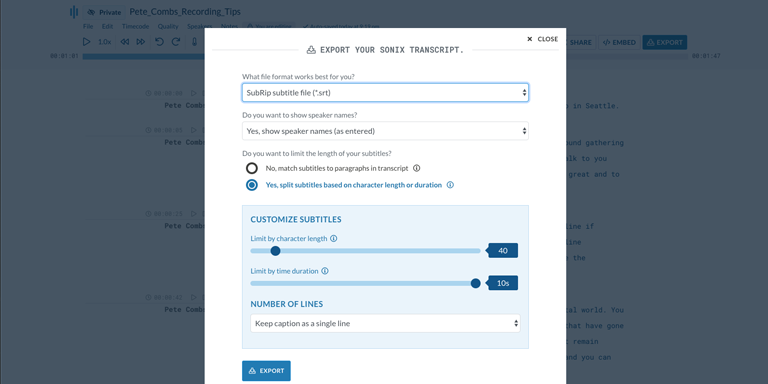
Step 6
Click the 'Export' button. Choose either 'Subrip subtitle file (.srt)' or 'WebVTT file (.vtt)' from the dropdown to download the subtitle version of your XSPF file. You can also adjust the character length and time duration length of each subtitle.
That's it! Your XSPF file has now been converted to subtitles and is ready for the next step in your workflow!
Thousands of incredible customers create subtitles from their XSPF files with Sonix 
Frequently Asked Questions for XSPF Playlist File (*.XSPF) to subtitle 
What is a XSPF file?
XSPF files are playlist files that reference actual audio files. XSPF files are similar to M3U files, but they use XML tags to organize and list files included in the playlist. The actual audio files are not stored within XSPF files, they are only referenced by them. XSPF files are used by various audio players, such as VLC media player, AIMP, Clementine, and Audacious. If you are trying to transcribe XSPF files, you’ll normally need to upload the underlying audio files to Sonix so that we can transcribe all of the audio data properly. Please convert the underlying audio files to either MP3, WAV, or OGG file formats for us to better transcribe the spoken audio in those files.
Does Sonix transcribe audio files with a *.XSPF file extension?
Yes, Sonix does automatically transcribe audio files with a .XSPF file extension. Sonix is an online audio to text converter. Convert any audio (xspf, mp3, m4a, wav, ...) or video (mp4, mov, avi, ...) file to text without installing any software! Sonix quickly and accurately transcribes *.XSPF files and converts them to text in a subtitle format.
Know anyone who needs to convert XSPF Playlist File (.XSPF) to subtitle?
We'd appreciate it if you tell them about Sonix—the best way to convert XSPF to subtitle.
Other ways to convert your XSPF audio files with Sonix 
XSPF to text
Use the most accurate speech-to-text technology to convert files: XSPF to text.
XSPF to docx
Accurately transcribe your XSPF file to Microsoft Word Format (docx) so you can bring the transcript into your workflow.
XSPF to PDF
Easily transcribe your XSPF file to Adobe's Portable Document Format (pdf) so you can share them with colleagues.
XSPF to srt
Quickly create subtitles from your XSPF files and save them as SRTs, one of the most widely supported subtitle formats.
XSPF to VTT
Create more advanced captions for your XSPF files by using the latest caption format VTT (Video Text Tracks).
XSPF to captions
Quickly and easily create closed captions for your XSPF files so you can embed them in your video files.
Convert XSPF Playlist File to subtitles (SRT & VTT) with Sonix 
Sonix automatically transcribes and translates your audio/video files in 53+ languages. Easily search, edit, and share your media files. Sonix is an online, fully-automated speech to text service that quickly converts XSPF Playlist File files to subtitles. Fast, accurate, and affordable. Millions of users from all over the world.
Includes 30 minutes of free transcription













